Create position to oversee data, research, analytics
New SAC position established in summer 2022. This will allow strategic approach to data integration, tracking, analysis and warehousing.
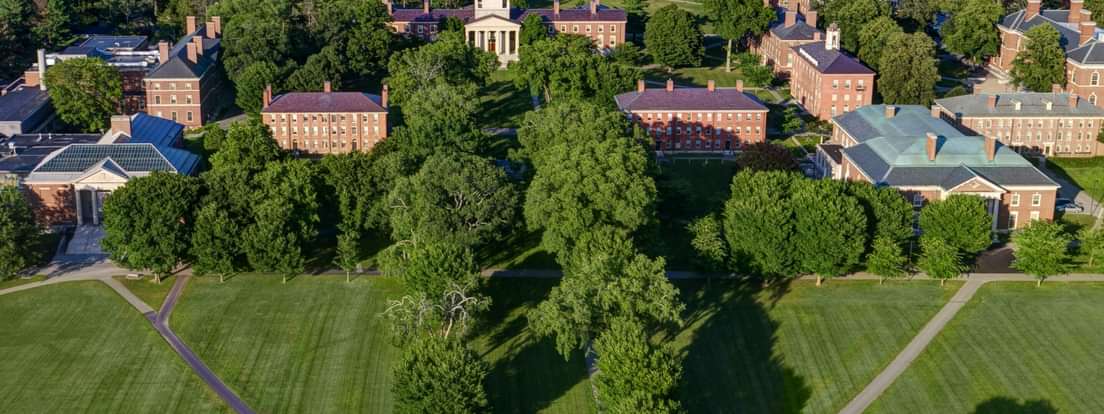
Phillips Academy recognizes and values the educational continuum that diversity, equity, and inclusion efforts represent for our community.
What follows is A Synthesis of Observations and Recommendations of the Andover Anti-Racism Task Force (AATF), along with supporting materials that include an Executive Summary, History of DEI, and a dashboard of progress.
The AATF undertook a formidable charge in September 2020: “To address the inequities faced by Black, Indigenous and other people of color at Andover, and to identify new systems and structures of practice and accountability that will transform our community, including our Outreach Programs, into one that delivers on the Academy’s promise to be diverse, equitable, and inclusive for all racial groups.”
As the AATF pursued its charge, the Academy continued to pursue strategic DEI initiatives and to implement some early recommendations. The initiatives included in the dashboard below do not represent all DEI efforts to date; rather they represent those that closely align with AATF recommendations. To demonstrate this connection, each initiative is identified with a task force subcommittee, and each initiative may be sorted by the Andover community group with which it is most closely associated.
New SAC position established in summer 2022. This will allow strategic approach to data integration, tracking, analysis and warehousing.
Develop a set of guidelines to determine when it is appropriate for Phillips Academy to issue a public or internal statement. Publicize to campus community and post guiding principles online.
Implement a reporting process for students who have experienced or witnessed offensive speech or conduct related to their identity or another person/group’s identity.
As Andover approaches the 250th anniversary of its founding, this group is reexamining the school’s past, particularly as it relates to the legacy of the physical campus and historical connections to slavery. Report to Head of School.
Approved by the Board of Trustees November 2021. Statement posted online. Campus guidelines developed for internal use.
Establish communication liaisons with IDEA Committee, CAMD, and Brace Center.
For greater transparency and accountability, launch web-based dashboard to track progress on DEI initiatives.
Include new chapter on DEI guidelines. Apply the REACH (Representation, Experience, Accessibility, Compensation, Harm reduction) equity screen to all print and digital content.
In 2020, with the goal of ensuring equity in the visitor experience, the Addison implemented a hybrid museum security model, using technology to give security officers visibility of all galleries assigned to them without the need for patrolling that can often lead to and be perceived as profiling. Staff presented this innovative work at the Smithsonian’s October 2021 National Conference on Cultural Property Protection.
Work also has expanded to include advising other institutions that are beginning their legal compliance with NAGPRA, as well as developing protocols and procedures that center Native voices in the repatriation process and balance inequities inherent in NAGPRA. The Peabody’s approach to repatriation draws on the 2007 United Nations Declaration on the Rights of Indigenous People and acknowledges repatriation as a key element of restorative justice.
This effort began with the hiring of the Director of Affinity Engagement, a new role, in June 2022. Since then, strategies for engaging alumni across a matrix of affinities—including race, gender, sexual orientation, professional interests, and other aspects—have been developed and budget support identified and secured.
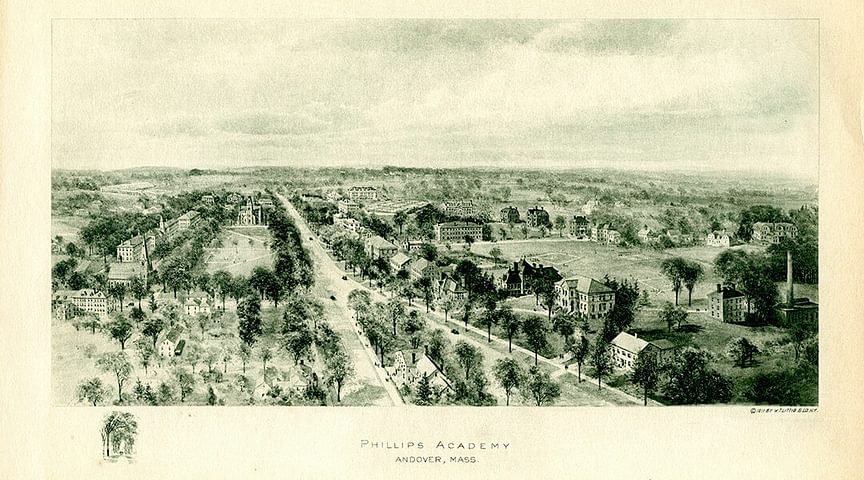
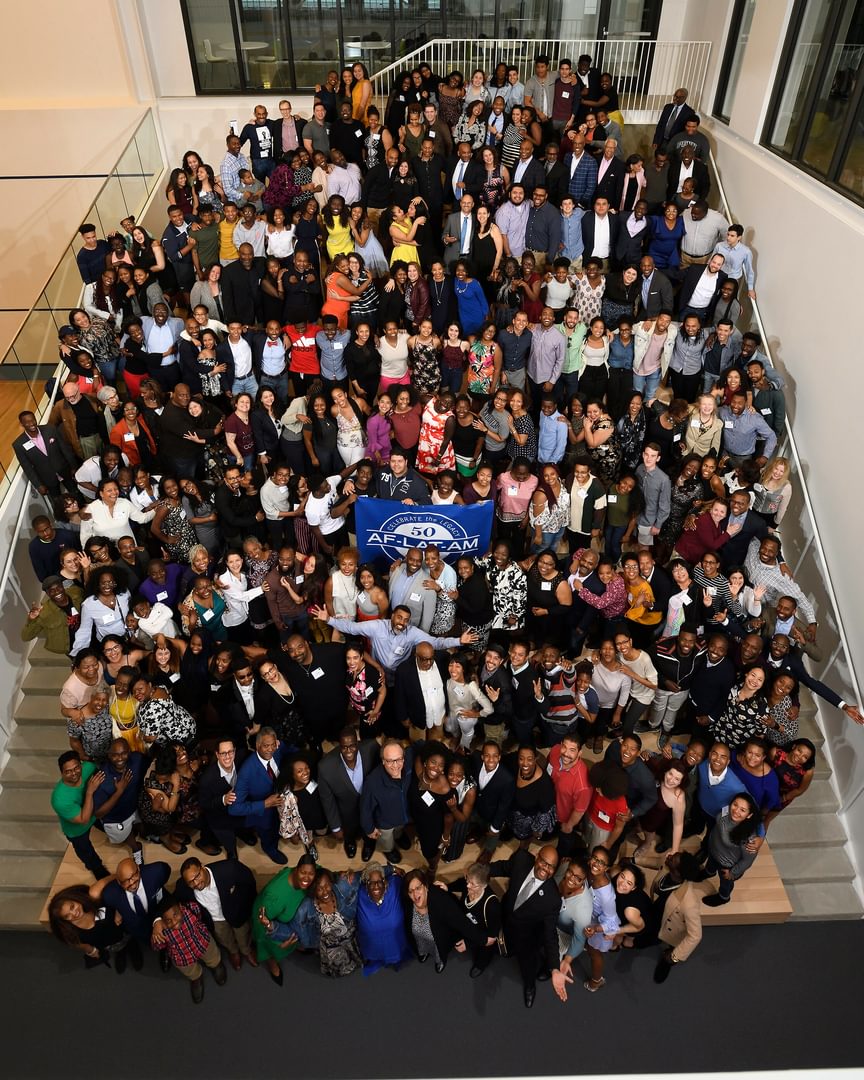
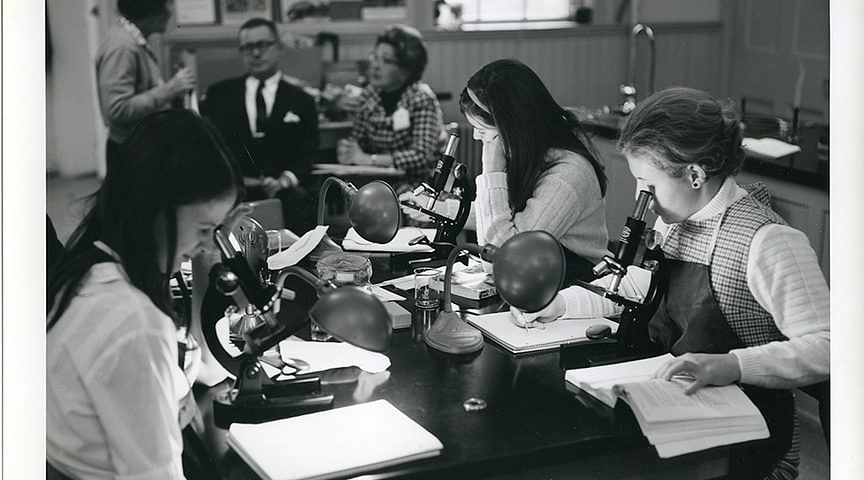

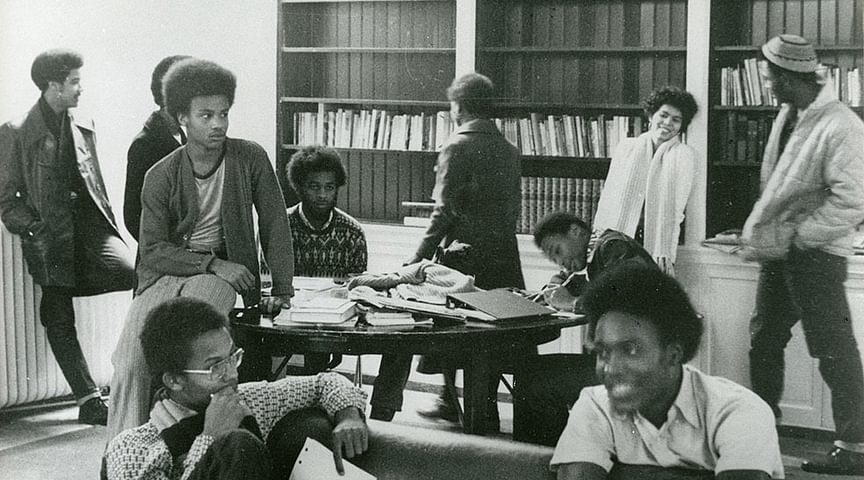
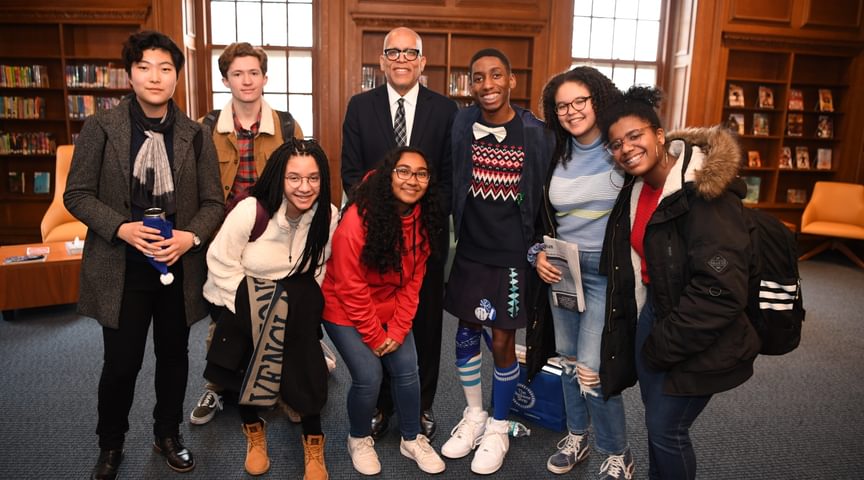

From the founding directive in its 1778 constitution to educate “youth from every quarter,” Phillips Academy has embraced a notion of diversity as a core part of its mission. Over time the school’s definition of diversity—how we interpret “every quarter”—has evolved and broadened in response to a changing nation and world.

Although Andover’s commitment to racial and ethnic diversity varied over its first 170+ years, the number of African American students began to slowly and steadily increase in the 1950s. In 1963 representatives from more than 20 independent schools convened on Andover Hill to consider ways to recruit “talented Negro boys” to independent schools so that they would be better prepared for a college education.

With successful onboarding through robust summer transition programs—and an innovative admissions and financial aid staff—Andover made its first significant strides to expand its racial diversity. The 1970’s brought the merger with Abbot Academy, and Phillips Academy became a co-educational institution. While welcoming girls to campus, Andover expanded its outreach to bring students from across the globe to Andover.

As the 1980’s approached, Andover faculty looked forward to welcoming students from China, South Korea, Japan, Thailand, Singapore, Indonesia and Vietnam. Andover also strengthened support for students by hiring the first Director of Minority Recruitment, moving the CAMD office to Morse Hall, and honored the legacy of Dr. Martin Luther King Jr.

In 1999, the school commissioned the Richard T. Greener Study to review and assess the experience of Black and Latino students and alumni. Andover’s commitment to diversity, equity and inclusion guided the 2004 and 2014 Strategic Plans.

The priorities of the 2014 Strategic Plan included an increase in the hiring and retention of faculty of color. In the Fall of 2016, the Board of Trustees participated in diversity training and voted to create the Equity and Inclusion Committee. In 2018, the institution reaffirmed commitment to the Academy’s mission of educating youth from every quarter and amended our Statement of Purpose to also include our community values.